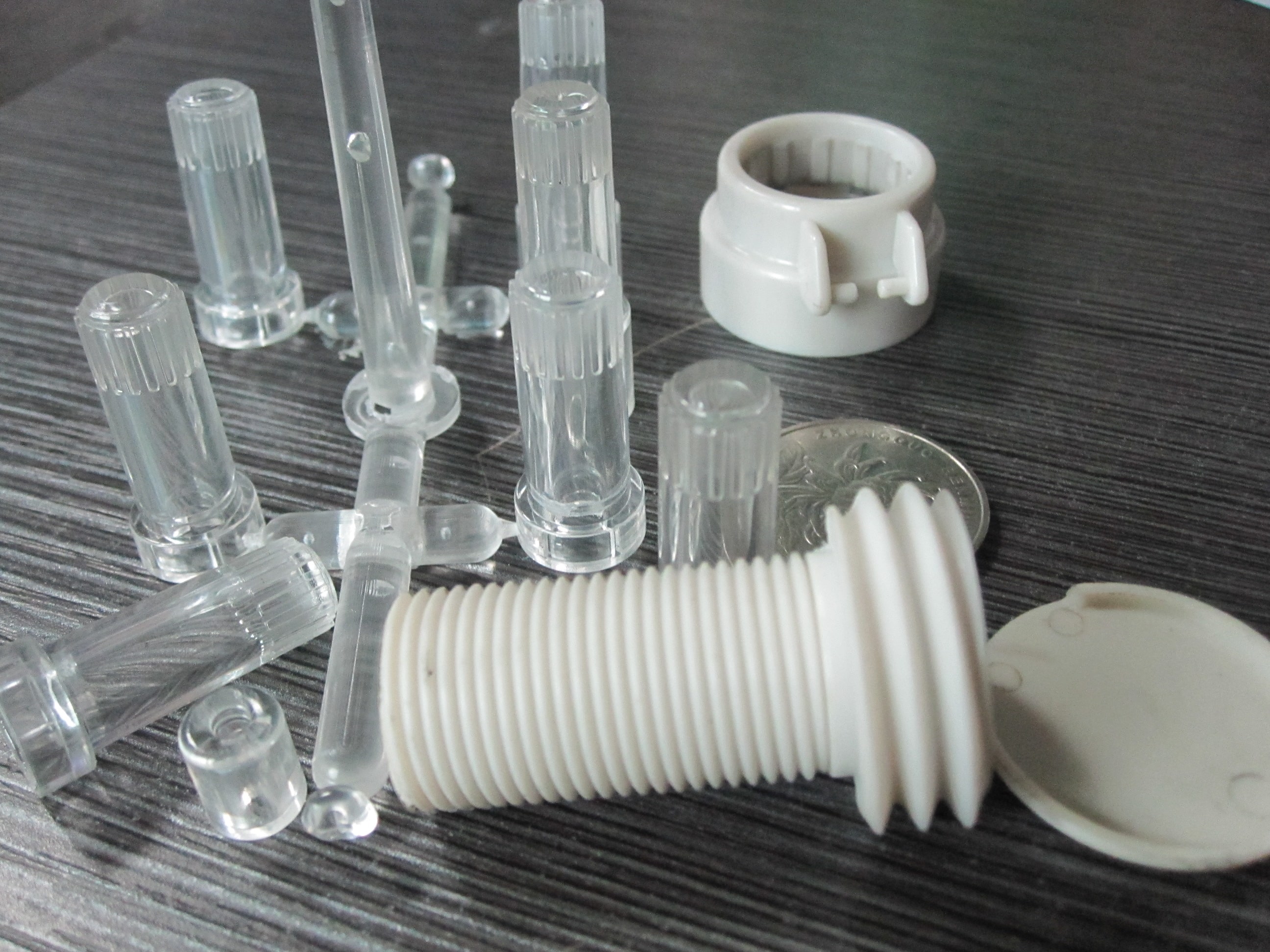How Custom Injection Molding is Influencing Product Design
Custom injection molding has become revolutionizing the methods items are created and produced. This cutting-edge method facilitates the manufacture of intricate shapes and elaborate features that can be adapted to unique needs, making it an valuable tool for creators and manufacturers. As sectors continue to evolve, the need for accuracy and customization in product creation has never been higher, and custom injection molding is a key player in this movement.
At its core, bespoke injection molding entails injecting molten material into a mold to produce parts with remarkable precision. This technique is not only effective but also extremely versatile, accommodating a wide range of materials from synthetics to metals. Designers can take advantage of this flexibility to investigate new concepts and extend traditional product development, ultimately leading to distinctive and innovative solutions that meet the diverse needs of consumers and companies alike.
Understanding Tailored Injection Molding

Bespoke injectable molding is a manufacturing method that involves fabricating parts or items by forcing molten substance into a form. This method is widely utilized in multiple industries, including automotive, public goods, and electronic devices. The accuracy and flexibility of bespoke injection forming make it an excellent choice for manufacturing complex shapes and designs with great effectiveness.
The process begins with designing a mold that will form the intended product. Technicians and creators work together to design a mold that meets specific requirements, including dimensions, shape, and material type. Once the mold is ready, the chosen substance, often plastic materials or thermosetting resins, is warmed until it becomes liquid. This liquid material is then injected into the form cavity under high pressure, allowing it to fill every detail of the mold before solidifying and solidifying.
One of the key benefits of tailored injectable molding is its capacity to manufacture large volumes of uniform parts at a comparatively minimal cost per unit as production increases. Furthermore, it enables for a high degree of tailoring, enabling businesses to produce unique items tailored to their requirements. This adaptability makes custom injectable forming a crucial instrument for innovation and item creation in today's competitive market.
Benefits of Tailored Injectable Forming in Product Development
Tailored injectable forming offers significant benefits for product design, providing greater adaptability and creativity in creating distinct items. Designers can design complex shapes that would be challenging or unfeasible to achieve with alternative manufacturing methods. This capability allows for the production of intricate features that enhance the utility and aesthetics of the item, enabling companies to differentiate themselves in a competitive market.
Another key advantage is the efficiency and cost-effectiveness associated with custom injection molding. Once the initial form is produced, producing high volumes of components becomes swift and economical. This process reduces resource loss and running costs, establishing it an attractive option for companies looking to expand their output while upholding elevated quality. As a result, companies can respond swiftly to market needs and modify their concepts without facing significant additional expenses.
Additionally, custom injectable molding supports the use of multiple substances, including thermoplastics and thermoset plastics, which can improve product attributes such as strength and mass. This substance versatility enables designers to choose the best options based on the specific needs of their products, resulting in innovations that may not be feasible with traditional development methods. The capability to tailor materials to fulfill product goals provides an extra aspect of personalization that is invaluable in achieving desired functionality and user experience.
Future Trends in Injection Forming Technology
The future of custom injection molding tech is set to be transformed by improvements in automation and robotic systems. As producers increasingly adopt intelligent tech, the integration of robotics into injectable molding methods will enhance precision and efficiency. This change not only reduces labor costs but also lowers human error, leading to higher standards and consistency in molded products. With automating repetitive tasks, machine operators can focus on more complex issues, improving overall efficiency.
Another significant trend is the use of sustainable materials in personalized injection molding. As environmental concerns increase, producers are actively seeking compostable and recycled materials for production. Advancements in material science are leading to the development of high-performance polymers that are simultaneously environmentally friendly and suitable for injectable forming. This transition does not only meets consumer demand for sustainable goods but meanwhile helps companies reduce their environmental footprint, aligning their operations with global sustainability initiatives.
Lastly, electronic technology and the Internet of Things are changing the way custom injection forming is managed. By integrating sensor devices and data analytics into forming equipment, manufacturers can monitor live efficiency and enhance processes. This technology enables predictive maintenance, reducing downtime and guaranteeing that production operates smoothly. The data gathered can meanwhile guide design iterations, resulting to more intelligent design choices that enhance product performance and lower costs in the long run.